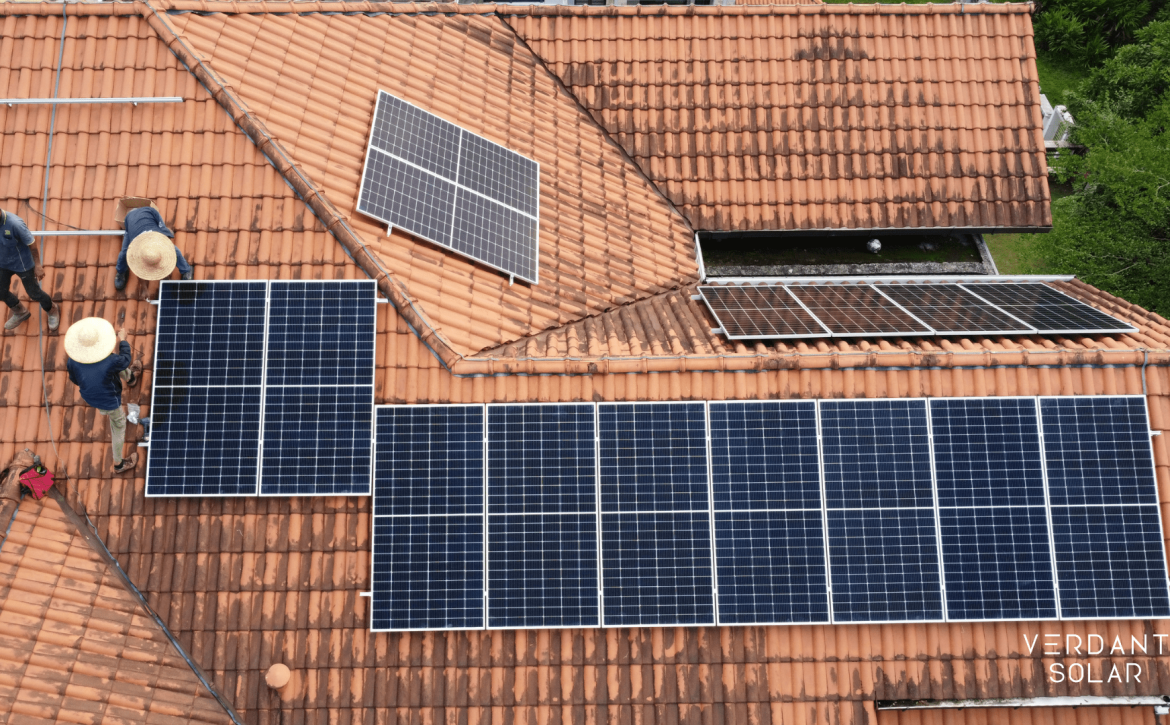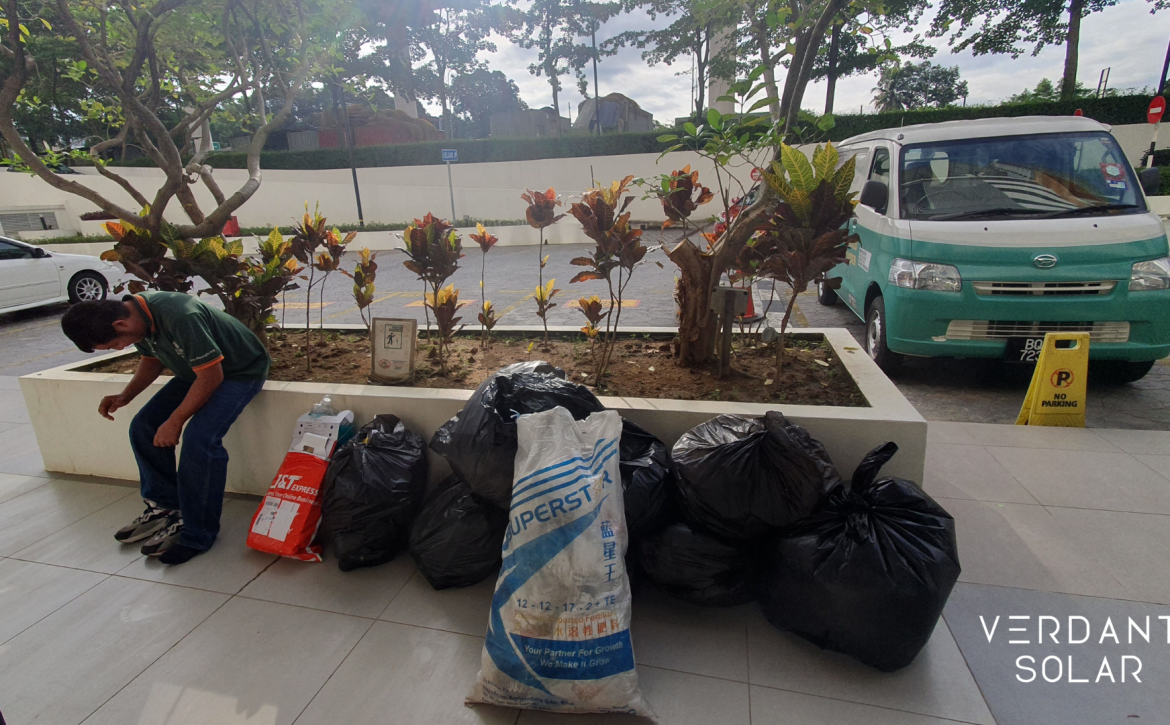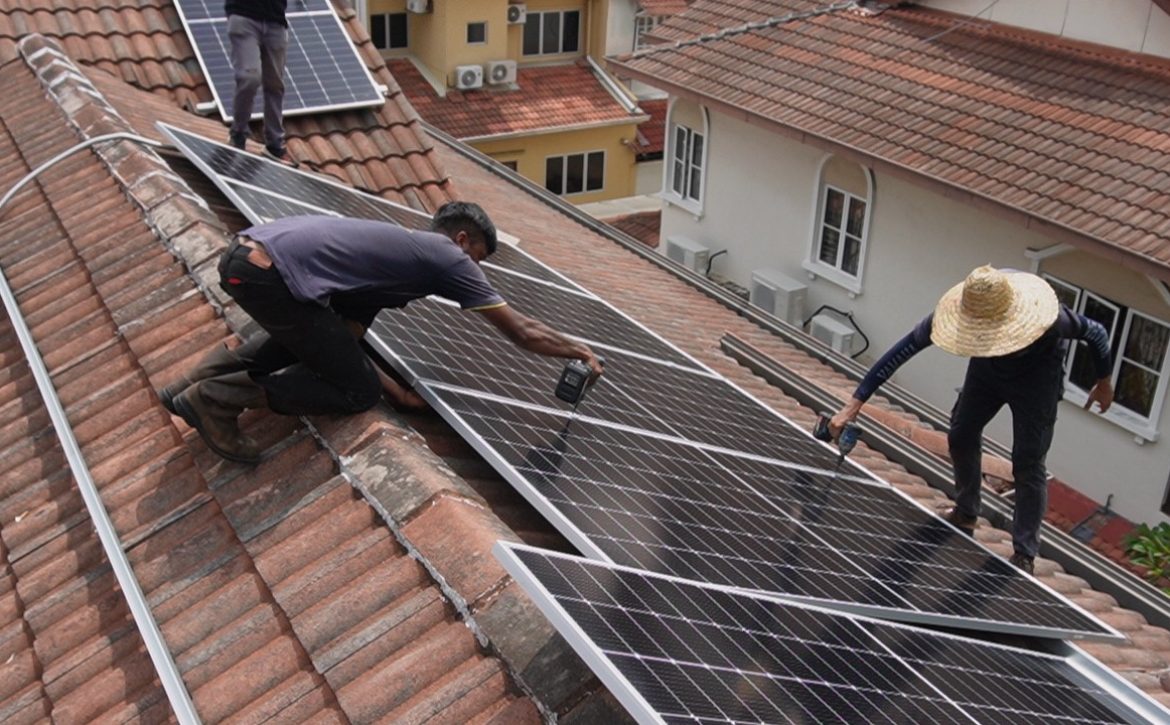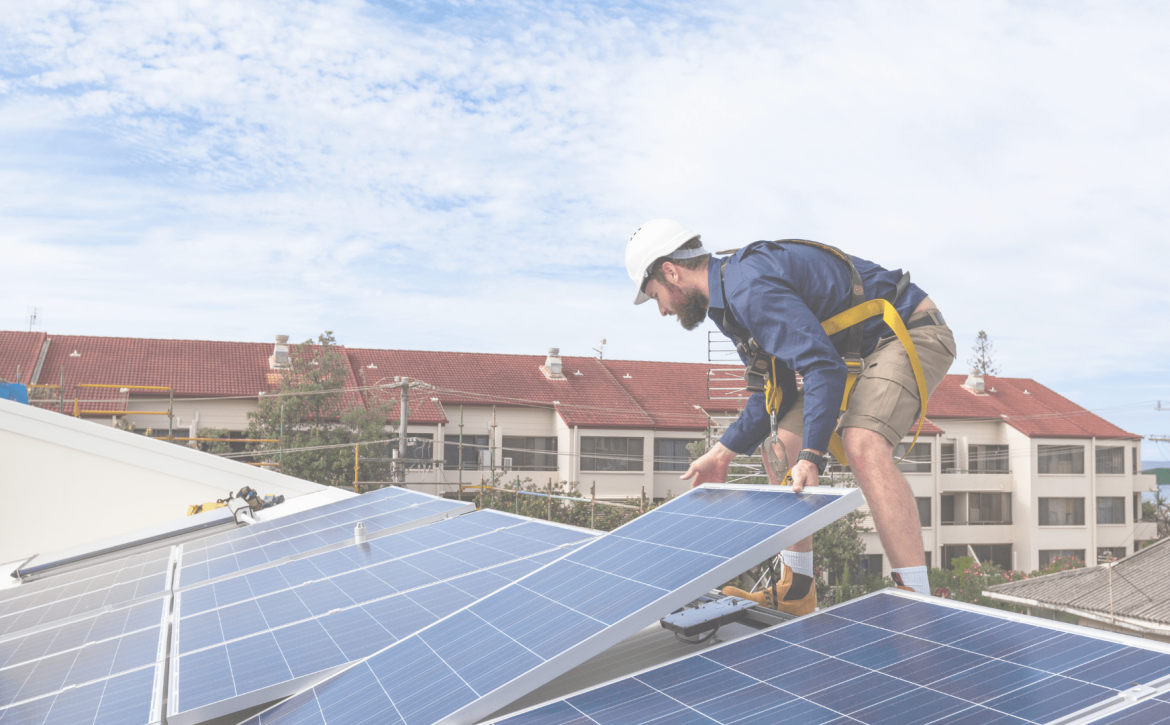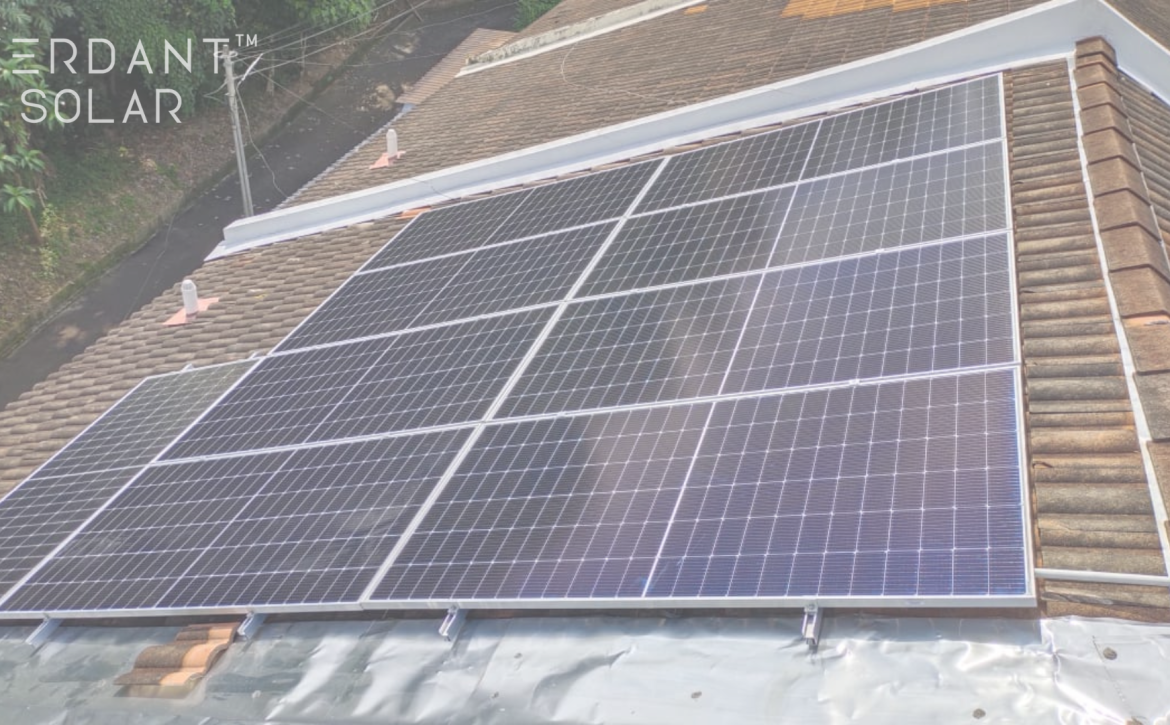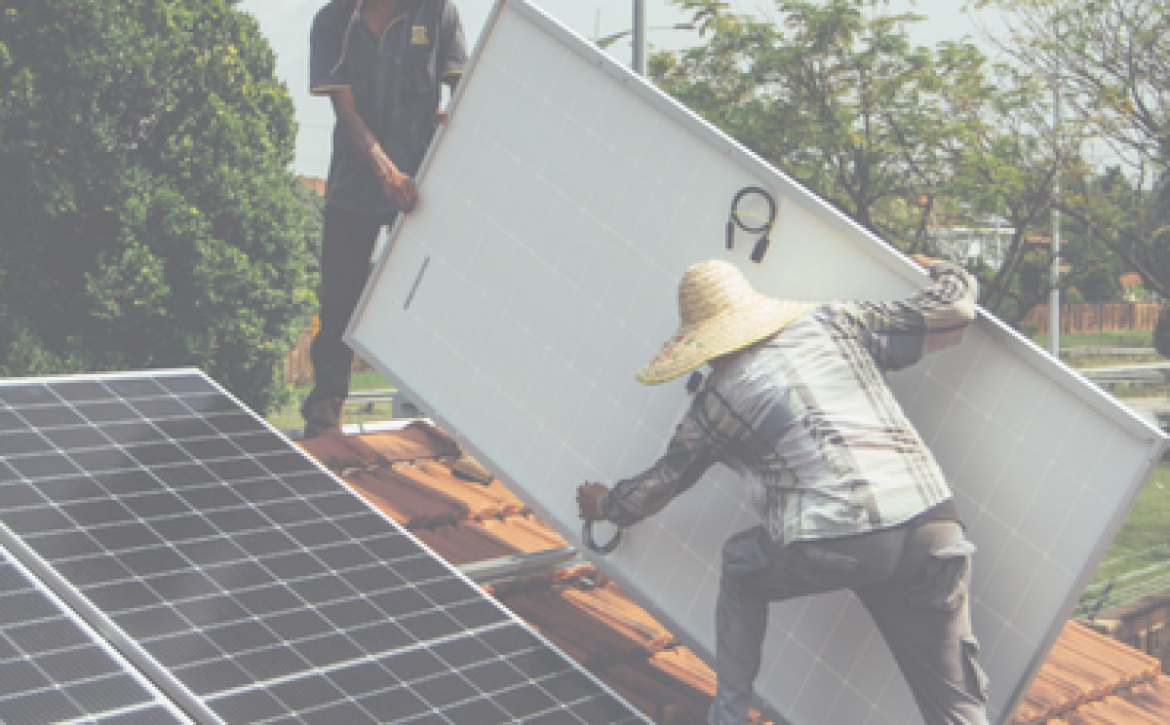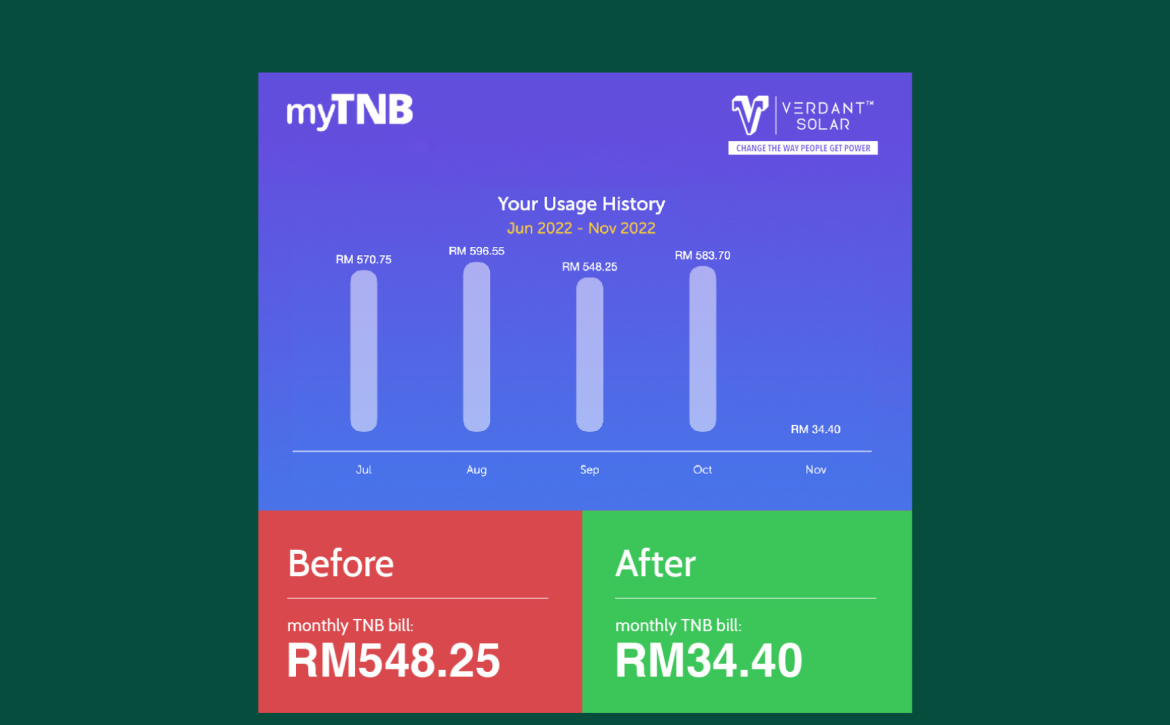Solar Return On Investment In Malaysia
The solar return on investment (ROI) in Malaysia can vary depending on several factors, including the location, size, and efficiency of the solar panel system, as well as the cost of electricity in the area. Generally speaking, the solar return on investment in Malaysia can range from 5% to 20%, with an average of around 10%.
It’s worth noting that Malaysia has a good amount of sunlight throughout the year, which can help maximise the energy production of a solar panel system. Additionally, the Malaysian government has implemented various incentives and programmes to encourage the adoption of solar energy, such as the Net Energy Metering (NEM) programme and the Green Investment Tax Allowance (GITA) scheme, which can help improve the financial viability of investing in solar.
Solar Return on Investment
As we all know, investing in solar power is always a big step. Nevertheless, the solar return on investment (ROI) from your solar panel is one of the biggest reasons why people choose to incorporate solar panels into their homes.
What exactly does it mean to have effective returns on investment if you’re planning to invest in a solar panel system for your home? Well, a good ROI will be a positive net flow of earnings or savings that was generated throughout the life of the solar system you installed.
Typically, commercial and industrial consumers should expect payback in 3–5 years, and residential consumers should expect payback in 5–7 years. It sounds like it will take a long time, but it’s not. Why? Because once the initial cost of your solar system is paid back, the energy generated by it is almost free!
The Reason for the High Initial Cost of Solar Panels
If you’ve ever wondered why the initial cost of solar panels can be relatively high, here are several reasons:
Cost of Materials
The materials used to manufacture solar panels can be expensive, particularly high-quality silicon, which is a key component in most solar cells. Additionally, the manufacturing process itself can be complex and require specialised equipment and expertise, which can further drive up costs.
Research and Development
Solar panel technology has improved significantly in recent years, and manufacturers are continually investing in research and development to create more efficient and reliable panels. This ongoing innovation requires significant investment, which is reflected in the cost of the panels.
Installation and maintenance
In addition, there are other expenses associated with solar panel installations, including the cost of installation, wiring, and electrical equipment. Ongoing maintenance and repairs can also add to the overall cost of solar panels.
Despite the initial cost, it’s worth noting that solar panels can provide significant long-term savings on energy bills, and many governments and organisations offer incentives and subsidies to encourage the use of solar power. And did you know that advances in technology and manufacturing processes have helped to bring the cost of solar panels down in recent years, making them a more affordable option for many homeowners and businesses? Well, it is true, and we can expect it to further improve shortly!
How to Ensure Your System Reaches a Positive ROI
There are several things you can do to ensure a positive solar return on investment:
Choose High-quality Components
Invest in high-quality solar panels, inverters, and mounting systems to ensure that your system is reliable and efficient. While the initial cost may be higher, high-quality components are likely to last longer and perform better, ultimately providing a better solar return on investment.
Size your System Appropriately
Work with a qualified solar installer to determine the right size for your system based on your energy usage and available space. Oversizing or undersizing your system can impact its efficiency and solar return on investment.
Maximise Energy Production.
Make sure your solar panels are installed in a location with good sun exposure, free from the shade, and at the optimal angle for your location. Keep the panels clean and free from debris to maximise energy production.
Monitor your Energy Usage
Monitor your energy usage to ensure that your solar panel system is producing enough energy to meet your needs. Make adjustments as needed to optimise your energy usage and ensure that you are not wasting it.
Take Advantage of the Incentive.
Look into local and state incentives for solar panel installations, such as tax credits, rebates, and net metering programmes. These incentives can help reduce the upfront cost of your system and improve its overall solar return on investment.
Consider Energy Storage
Adding a battery storage system to your solar panel installation can help you store excess energy produced during the day for use at night, maximising your energy savings and improving your solar return on investment.
Overall, maximising the efficiency and effectiveness of your solar panel system and taking advantage of incentives can help ensure a positive solar return on investment. Working with a qualified installer and monitoring your energy usage can help you optimise your system and maximise your savings.
So, for those of you considering going solar, Now is always the best time. If you have questions, you know where to find us. Give us a call at Verdant Solar for a free consultation. We will help you get a better understanding of what you need. Like always, we provide only the best for our dear customers. So, what are you waiting for?

